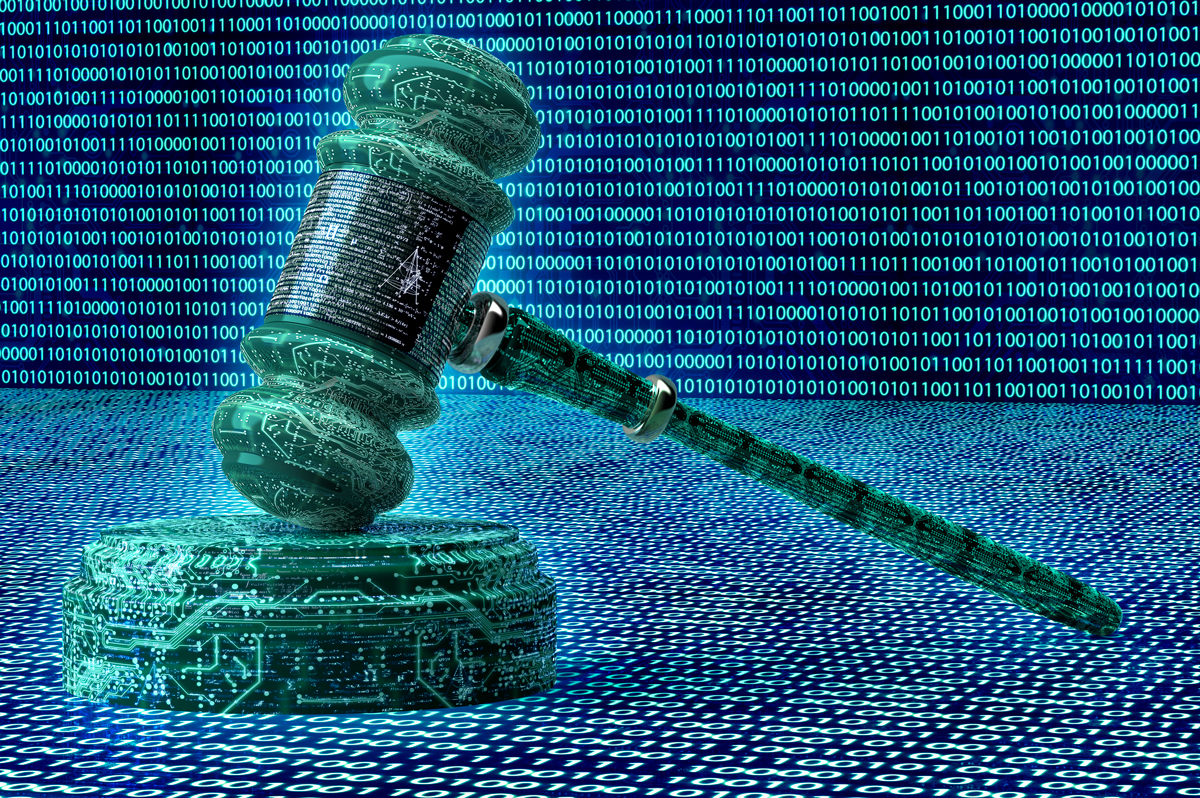Enforcement mechanisms under the EU AI Act are the legal and administrative tools used by regulators to ensure compliance with the regulation. These include investigations, mandatory corrective actions, system bans, market withdrawals, and significant administrative fines—up to €35 million or 7% of global turnover. These mechanisms are essential to uphold safety, accountability, and fundamental rights in the EU AI ecosystem.

1. Background and Establishment
The EU Artificial Intelligence Act introduces a comprehensive regulatory framework to govern the development and deployment of AI systems. But rules without enforcement are meaningless. That’s why the Act establishes a powerful set of enforcement mechanisms designed to detect, deter, and penalise non-compliance.
These mechanisms are executed primarily through national Market Surveillance Authorities (MSAs) and coordinated at the EU level by the European Artificial Intelligence Board (EAIB) and the European Commission.
2. Purpose and Role in the Regulatory Ecosystem
Enforcement mechanisms serve to:
- Protect individuals from unsafe or unethical AI systems
- Ensure providers and users respect legal obligations
- Remove non-compliant AI from the market
- Respond swiftly to serious incidents or violations
- Reinforce accountability, transparency, and trustworthiness in the AI ecosystem
They underpin the EU’s vision of human-centric, rights-preserving artificial intelligence.
3. Key Enforcement Tools Under the EU AI Act
The Act provides regulators with several enforcement options, including:
Investigations and inspections (Articles 63–64)
MSAs can demand access to technical documentation, conduct on-site audits, and test AI systems.
Corrective actions (Article 65)
Authorities may require providers to fix non-compliance issues—such as inaccurate outputs or missing transparency notices.
System withdrawal or prohibition
In case of serious risk or repeated violations, AI systems may be removed from the market or banned from further use.
Administrative fines (Article 71)
Fines vary by severity:
- Up to €35 million or 7% of global turnover for prohibited practices
- Up to €15 million or 3% for non-compliance with high-risk system obligations
- Up to €7.5 million or 1% for supplying false information
Public notices and compliance deadlines
Non-compliant providers may be ordered to take action within a set period and may be publicly listed.
4. Coordination with the EU AI Safety Alliance
While enforcement is conducted by regulators, the EU AI Safety Alliance plays a complementary role by:
- Helping providers and users prepare for audits and inspections
- Offering corrective action frameworks to resolve violations
- Providing pre-enforcement diagnostics and incident response planning
- Serving as a neutral advisory body to interpret and align technical obligations with legal enforcement trends
Early collaboration with the Alliance can prevent minor issues from escalating into costly penalties or market bans.
5. Enforcement Scenarios and Triggers
Enforcement may be triggered by:
- Consumer complaints or whistleblower disclosures
- Failure to submit required documentation or declarations
- Discovery of systemic bias, discrimination, or safety hazards
- Inadequate human oversight, leading to preventable harm
- Prohibited practices, such as manipulative or exploitative AI uses
- Post-market monitoring failures or unreported incidents
Authorities can act proactively or in response to known violations.
6. Cross-Border and Coordinated Enforcement
If an AI system is marketed across multiple Member States:
- National authorities coordinate enforcement through the Internal Market Information System (IMI)
- The European Artificial Intelligence Board (EAIB) ensures harmonisation of decisions and best practices
- The European Commission may intervene if cross-border risks or market distortions arise
This ensures that enforcement is consistent and proportionate across the EU.
7. How to Prepare for and Respond to Enforcement Actions
To remain enforcement-ready:
- Maintain Annex IV-compliant documentation for every AI system
- Keep records of risk assessments, audits, and oversight procedures
- Monitor for performance deviations, complaints, or data drift
- Prepare a corrective action playbook in case of regulatory inquiry
- Engage the EU AI Safety Alliance for pre-audit evaluations and technical reviews
- Establish a point of contact for all regulatory correspondence
- Be transparent and proactive—non-cooperation can escalate penalties
Being enforcement-ready is not about fear—it’s about structured accountability and legal resilience.

